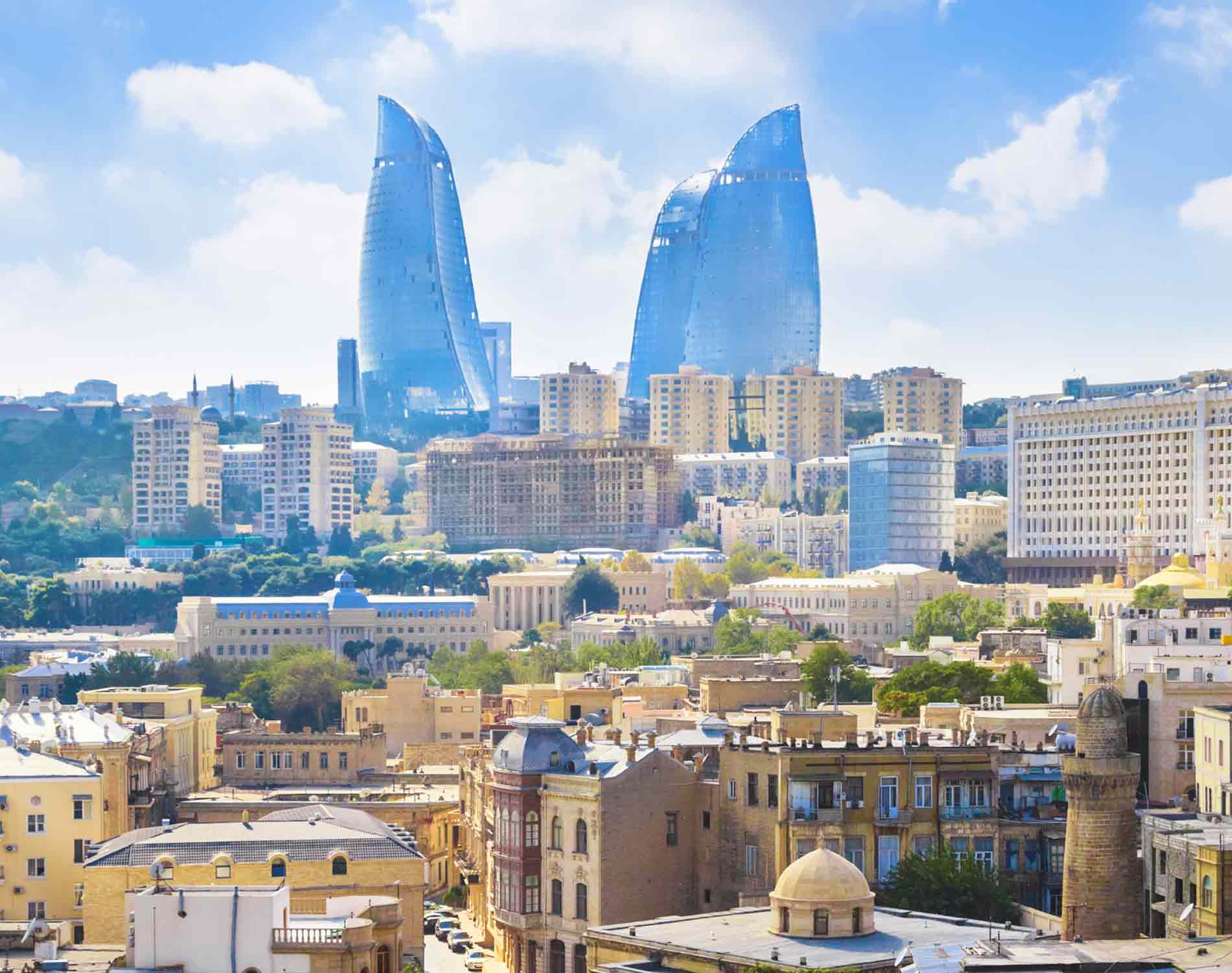UN says public investment boosted growth in Azerbaijan

By Nigar Orujova
Public investment programmes boosted growth in Azerbaijan, as well as Turkmenistan and Uzbekistan, in 2015, according to the UN World Economic Situation and Prospects 2016 report.
The UN said that economic activity in the CIS area contracted sharply in 2015, “as the region suffered from deterioration in the terms of trade, precarious access to external finance and high levels of uncertainty”.
The aggregate GDP of the CIS and Georgia is estimated to have contracted by about 3.0 percent in 2015, following an increase of 0.8 percent in 2014, according to the UN.
However, in 2016, a return to growth is expected, but the recovery will be limited, with GDP increasing by about 0.7 percent and 1.8 percent in 2017. “The region has suffered from a combination of an adverse external environment and powerful domestic contractionary forces.”
According to UN, the world economy is projected to grow by 2.9 percent this year and 3.2 percent in 2017, supported by generally less restrictive fiscal and still accommodative monetary policy stances worldwide.
Earlier, the World Bank predicted economic growth in Azerbaijan to amount to 0.8 percent this year and 1.2 percent in 2017, while forecast for global economy is 2.9 percent growth in 2016 and 3.1 percent in 2017.
Today, Azerbaijan is among the top countries open for business according to US News & World Report, which produced rating in conjunction with the Wharton School of Business at the University of Pennsylvania.
Amid the uncomfortable conditions connected with the oil prices, Azerbaijan moved its economy from hydrocarbon track to non-oil, with a focus on high-tech industry, transportation and agriculture.
To refund double depreciation of the national currency in 2015, Azerbaijan put stake on the foreign and local investments and development of business environment.
The UN report also noted that national currencies in the CIS have experienced large depreciations since late 2014. The sharp fall of the Russian rouble and the weakening of commodity prices have prompted significant exchange-rate declines.
“Currency depreciation might translate into a rise in non-performing loans, putting additional pressure on the banking system in the region,” the report said warning that now such risks appear to be higher in Azerbaijan, Belarus, Kazakhstan and Ukraine.
The UN also noted that the sharp deterioration in economic performance took its toll on the region’s labor markets, especially in Russia and Ukraine. The organization anticipates that unemployment will further increase in the CIS in 2016, before declining in 2017.
Speaking about national currencies, the report said that amid a more stable foreign-exchange environment, some CIS countries were able to start reversing the tightening of monetary policy that had been initiated in late 2014 or early 2015 in order to contain depreciation pressures.
“Energy-exporting countries used their oil funds to offset lost revenue, support the banking sector,” the report said. “In Azerbaijan, expansionary fiscal policy has supported growth.”
The economies of the region face a difficult external environment, which will heighten internal vulnerabilities, the UN said. “A persistent period of low commodity prices makes fiscal consolidation unavoidable. Low investment will constrain future growth and prevent progress towards much-needed economic diversification.”
In many countries, the persistent fragilities in the banking systems have been exacerbated by the weakening of exchange rates in highly dollarized financial systems. Geopolitical tensions continue to weigh on business sentiment, the report sums up.
